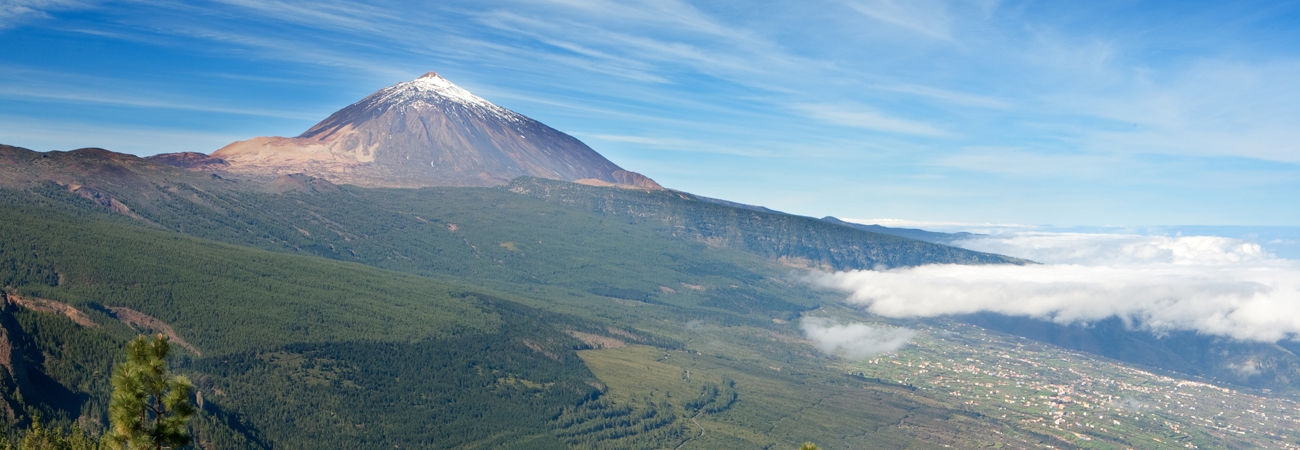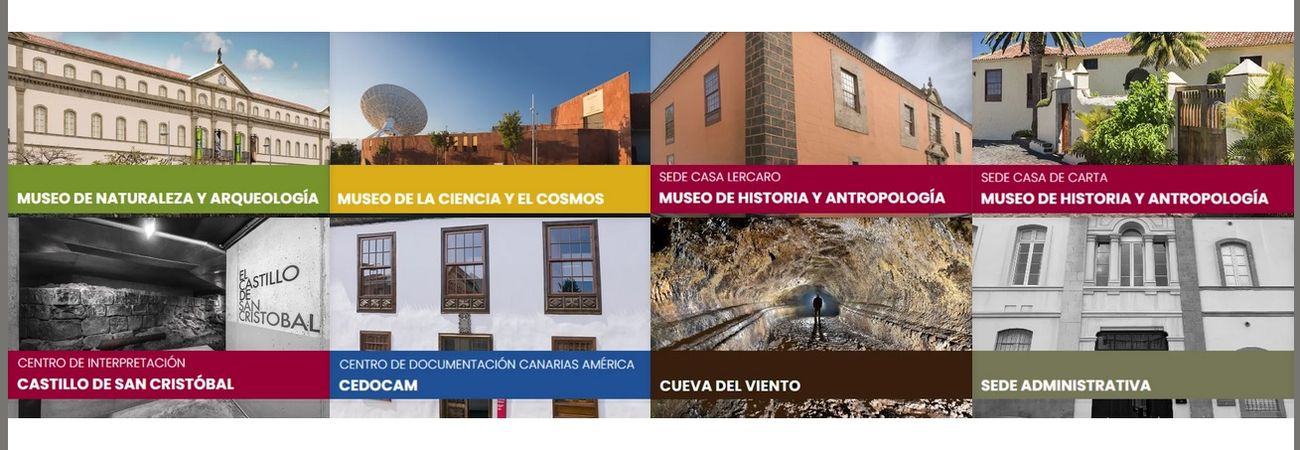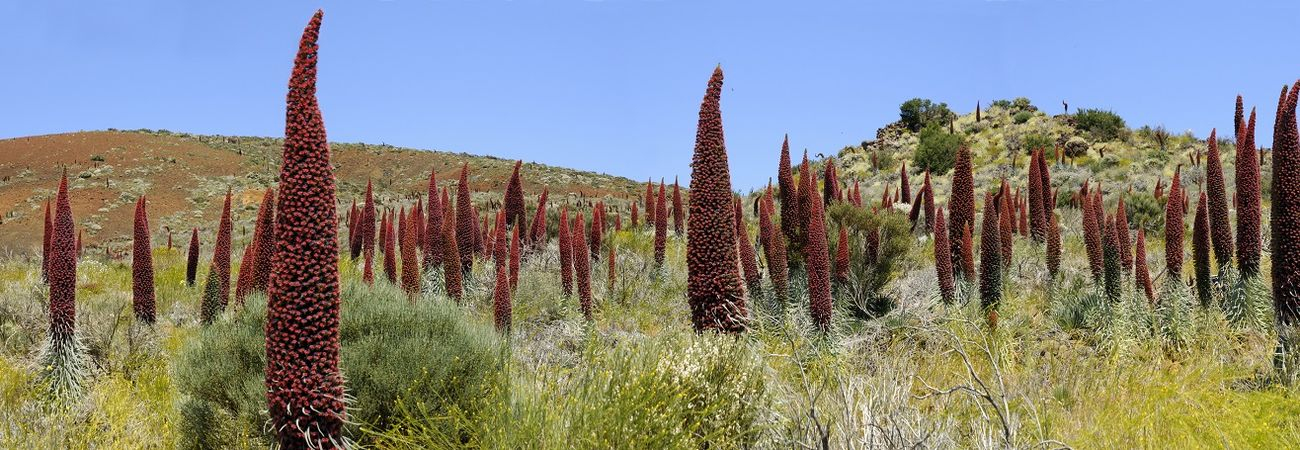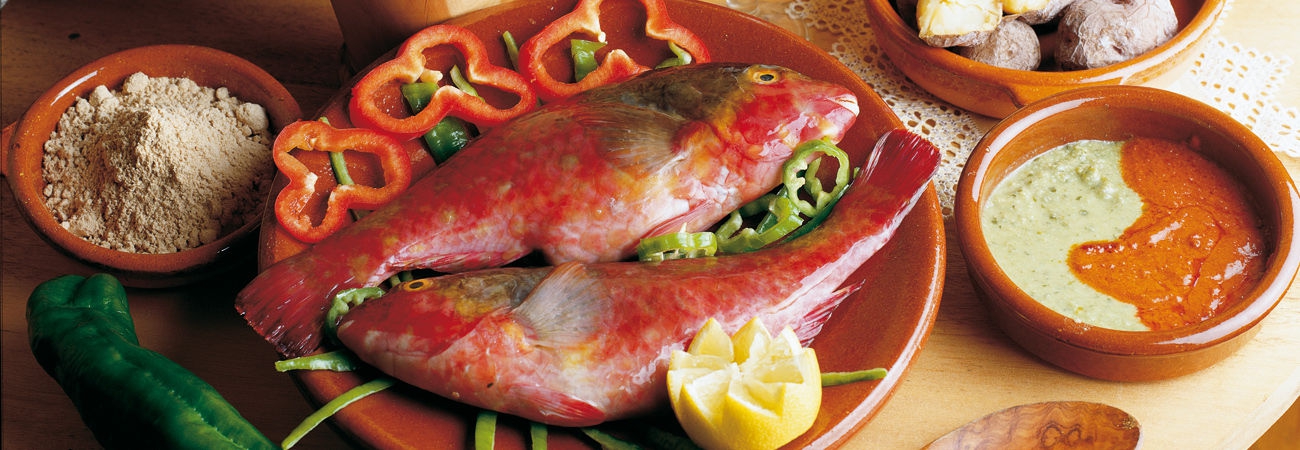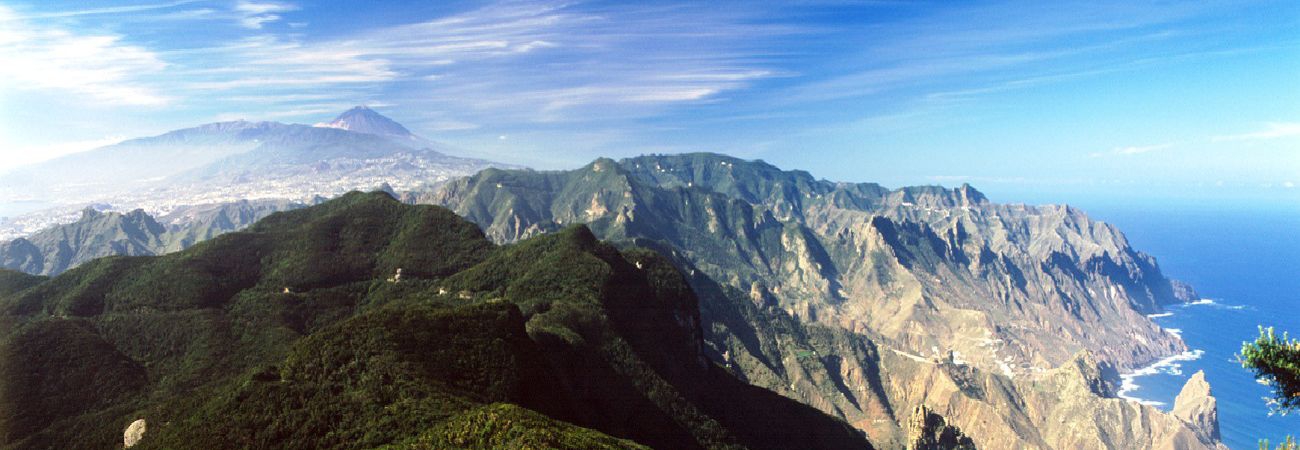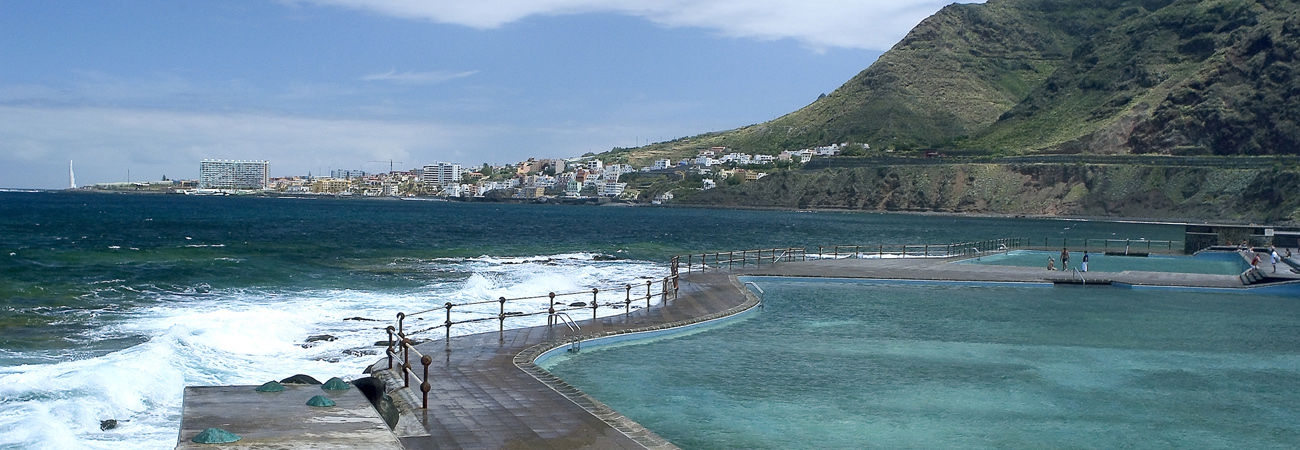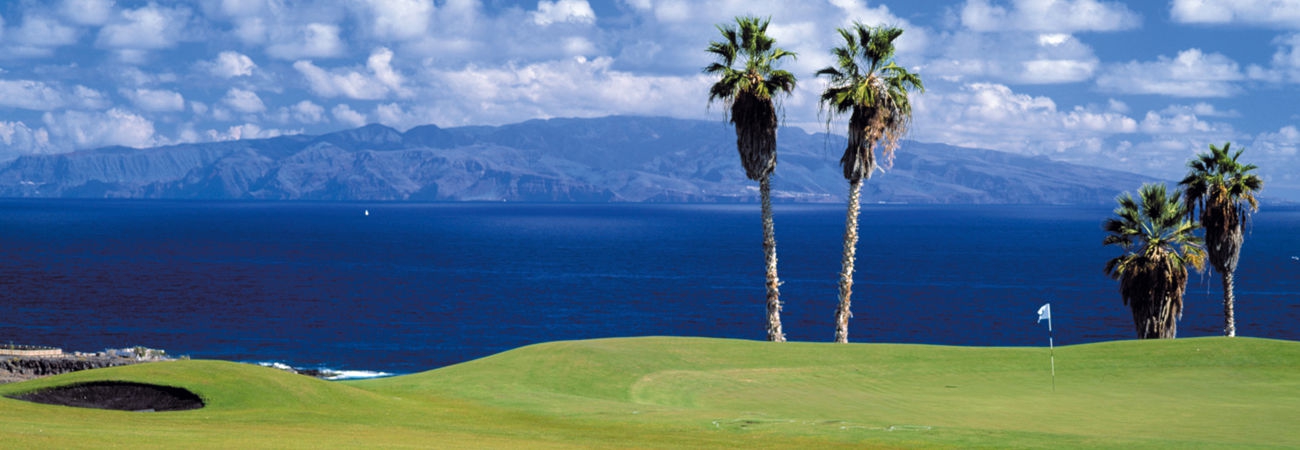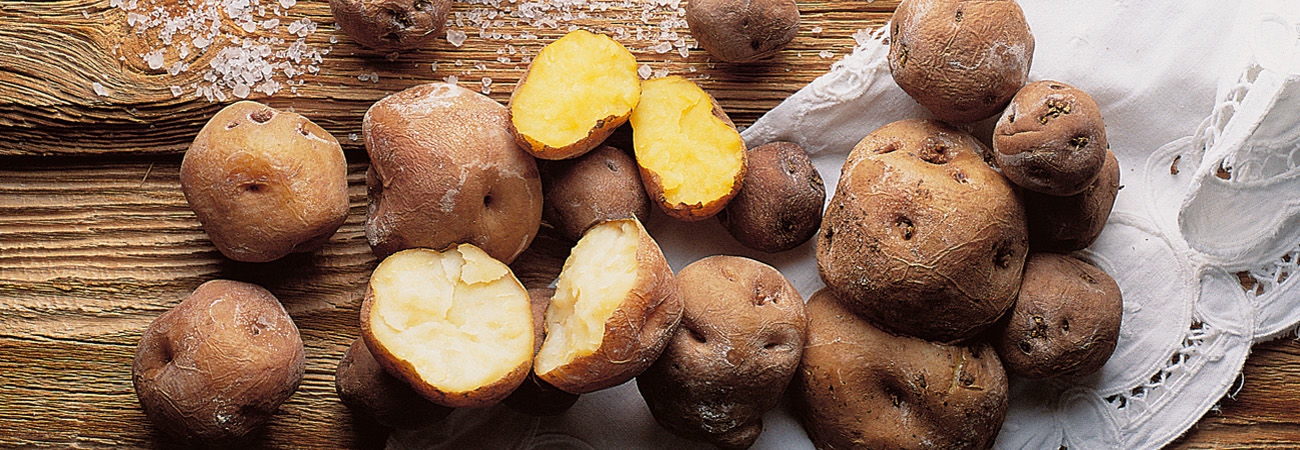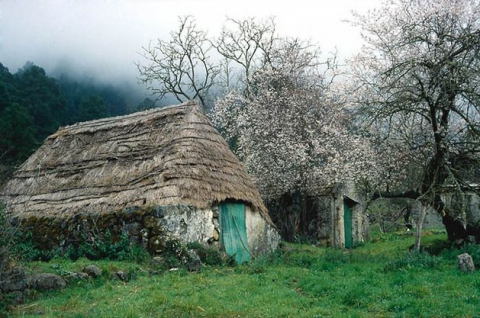La Orotava
The TF-21 road leaves La Orotava, linking the town with Cañadas del Teide, passing through Portillo de La Villa. The route takes you through the hamlets of Las Dehesas, La Florida, Pino Alto, Barroso and Aguamansa, the latter being close to the tree line of the pine forests. All these places are interesting for their popular or rural architecture, although rural houses of stone walls and thatched roofs can still be seen along the edge of the road, these are the remains of the original houses that were built in this area.
Other hamlets of the borough include Pinolere, Benijos and La Luz.
Pinolere and surroundings
The village of Pinolere is situated at 800 metres altitude in the hills above La Orotava. The inhabitants have existed in harmony with their natural surroundings thanks to charcoal and bark basketry.
This mid-altitude region of La Orotava valley boasts a thriving landscape, which is often enveloped in mist blown in by the trade winds. Local people lived off subsistence farming and enhanced their meagre resources through forestry exploitation. Today Pinolere has a population of around 700 souls. This area is clearly marked by its surroundings (bordered to the west by the ravines of Quiquirá and La Arena, and to the east by La Hondura cliff) and inhabitants have always eked out an existence from the monteverde or broadleaf woodland and pine forests.
The agricultural way of life in the area is clearly reflected in its exceptional buildings. Traditional tiled-roof terraced houses stand alongside many humbler dwellings, originally built as granaries (known locally as pajales). They consisted of low drystone walls with raftering made from the wood of small-leaved holly or chestnut, covered in follaos or Viburnum branches (known locally as afollao) and topped with a straw thatch. Whole families lived inside these modestly furnished pajales, with a sleeping section separated from the main living area by sack cloth.
Today the people of Pinolere have more solid, comfortable homes but links to the past are deep-rooted as is the desire to hold on to their identity. Local artisanal tradition stems from close ties with the woodland, hence the trades of charcoal makers, blacksmiths, basket-makers, broom-makers and carpenters and clearly explains the origins of the first Feria de Artesanía or Artisan Fair in 1985. Held every year in early September, the fair is one of the finest in the Canary Islands.







